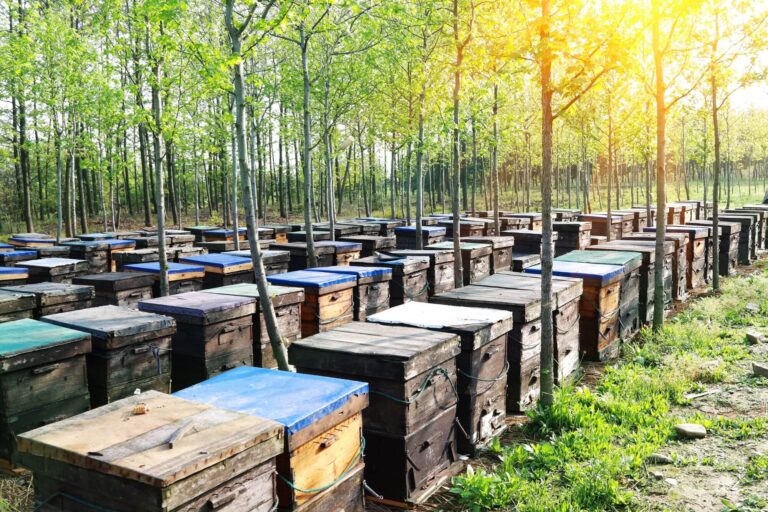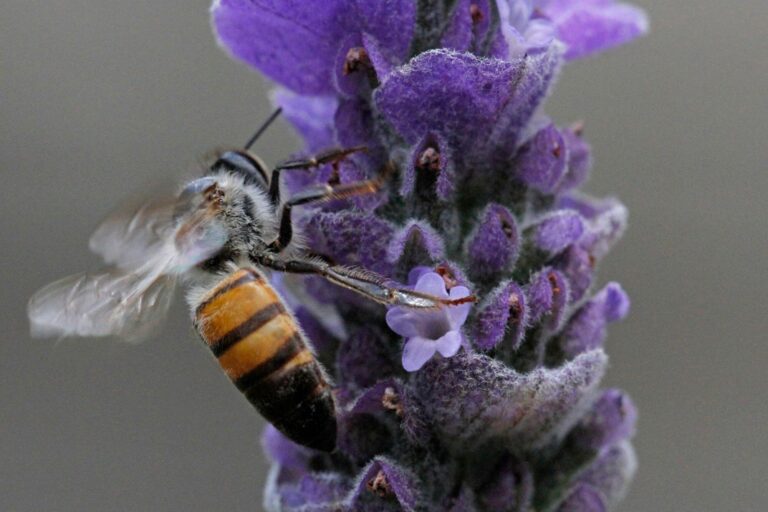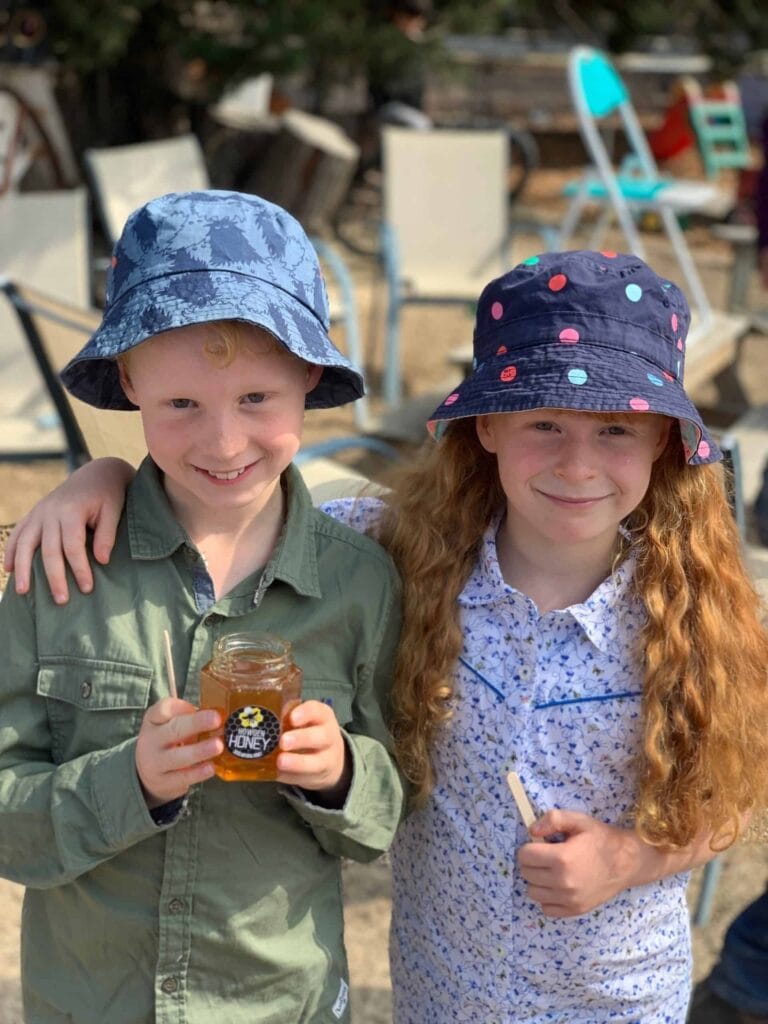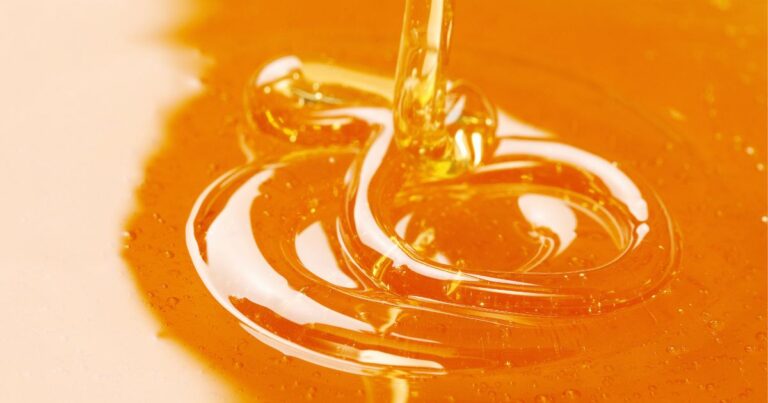Honey Bee Dance
To Waggle or Not to Waggle? The honey bee has many tricks up its sleeve, but the bee or waggle dance, is, in my opinion,…
To Waggle or Not to Waggle?
The honey bee has many tricks up its sleeve, but the bee or waggle dance, is, in my opinion, its most entertaining performance. The waggle dance is an ethological term that describes the real-life jitterbug of the honey bee. Wriggling in short bursts, and moving about in a figure-eight motion, the waggle dance is not only charming, it is also a useful way for worker bees to exchange important information about available pollen supplies.
First recorded in 1946 by Austrian ethologist, Karl von Frisch, the waggle dance is a cooperative activity that directs worker bees to food. The dance itself aims to express three main directives to other worker bees in the hive. Firstly, the dance expresses the direction of the pollen supply in relationship to the sun. As bee hives are positioned vertically, the bee with dance on a specific angle, towards or away from the sun, to express the direction other workers will need to travel in in order to find these flowers. Secondly, the dance will express how far the other bees need to travel; the more she waggles or jiggles the further the distance needed to fly. For example, a one second waggle equates to an approximate foraging distance of 750 metres. Finally, the dance even communicates the type of flower the other workers need to look for, as the pollen collected in her pollen sacs omit an identifying scent cue.
The waggle dance is an excellent example of multisensory convergence, central processing and motor coordination. As honey bees experience challenges that diminish food supplies – be that climate change or modern farming practices—the waggle dance is an intriguing, cooperative and unique communication method that has always been thought to help sustain their existence. However, there has been recent studies that suggest the waggle may actually disadvantage modern-day colonies.
Biologists at the University of Lausanne in Switzerland and at Johannes Gutenberg University in Mainz, Germany, found that bees were actually more successful at collecting food if they were deprived of this dance-based communication method. Over several years, scientists have been conducting experiments where they examine the effect of the waggle dance on the colony’s success; they have deprived some colonies, and not others, of this form of communication. They introduced factors, such as lower light and shifts in hive orientation, to confuse the waggle dance information. Despite expecting that those bees who communicate via the waggle method would be more successful, they weren’t. As the researchers explained on Science Daily, bees have exceptionally good memories for recalling food sources, and so they predict that bees are likely to lose interest if they are confronted by a disoriented dance and use their excellent memory and initiative instead when seeking food. The evidence presented showed that bees with no dance language foraged for eight minutes longer than the other group and yielded 29% more honey!
The biologists concluded that human-induced habitat change, and subsequent lower food supplies, may be a possible reason for this result. As one scientist suggested, if there was a large apple tree in bloom nearby then waiting for information from the waggle dance might be the best option, but if there was only sparse food available (which has been a growing reality) then not waiting and leaving sooner to forage independently would save time and be more effective. Fascinating stuff!





